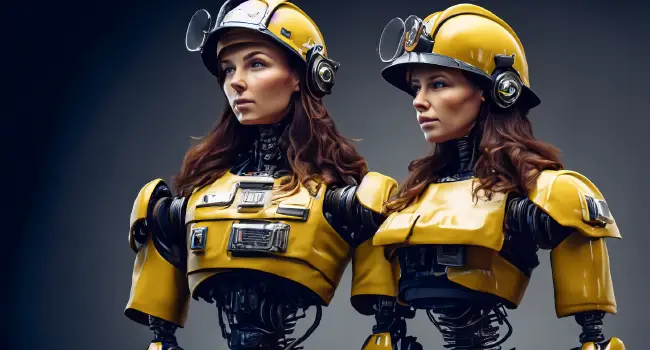Search and Rescue Robots

Search and rescue robots are rapidly evolving, becoming more sophisticated and capable. Imagine a disaster: a collapsed building, a raging wildfire, or a treacherous flood. In the chaos, hope arrives in the form of not a human hero, but a robotic one made just for that type of emergency. A snakebot that can slither into tight spaces, reaching survivors under collapsed structures, microbot swarms that can crawl and fly into small crevices, underwater robots will search submerged areas, drones can check from the air.
The advantages to using robots instead of humans are more than just keeping us safe in hazardous situations. Search and rescue robot capabilities can include 3D mapping, thermal imaging, air quality monitoring, and they can cover more ground. Robots can perform multiple tasks simultaneously, such as searching, delivering supplies, and communicating with survivors.
There are many challenges still ahead for search and rescue robots before the public can come to rely on them in times of need. The cost and development of these advanced robots require significant investment and research. There are ethical considerations as well. Biases in artificial intelligence and responsible use of robots need careful attention and guidance. Then, there is the human-robot interaction. Some people might freak out if they are trapped and see a swarm of crawling beetlebots headed right for them. Effective collaboration requires clear communication and trust between humans and robots.
Search and rescue robots are rapidly evolving, becoming more sophisticated and capable. By embracing these advancements responsibly, we can create a future where robots are powerful partners in saving lives, making our world a safer place for all.
Search and Rescue Robot Articles and Web Sites
-
I search the internet daily for new articles from around the world that interest me or I think will interest you. My hope is that it saves you time or helps students with their assignments. Listed by most recent first. Hit NEXT button for more articles
-
We designed wormlike, limbless robots that navigate obstacle courses − they could be used for search and rescue one day - The Conversation
-
Robots to the Rescue - NSF
-
Rescue Robot Exercise - Phys.org
-
Snakebot could revolutionize search and rescue - University of Michigan
-
An autonomous underwater robot saves people from drowning - Fraunhofer
-
Robot Dials 9-1-1 - Live Science
-
Robots go where scientists fear to tread - EurekAlert
-
Search and Rescue Robots – Current Applications on Land, Sea, and Air - Emerj Artificial Intelligence Research
-
EMILY Lifeguard Tool video
-
Jueying X20 Robot dog video
-
Firefighting robot video
-
Search and Rescue Robot Web Sites and Blogs
-
searchandrescuerobots.com - Search and rescue robot blog
-
Center for Robot-Assisted Search and Rescue (CRASAR) website

